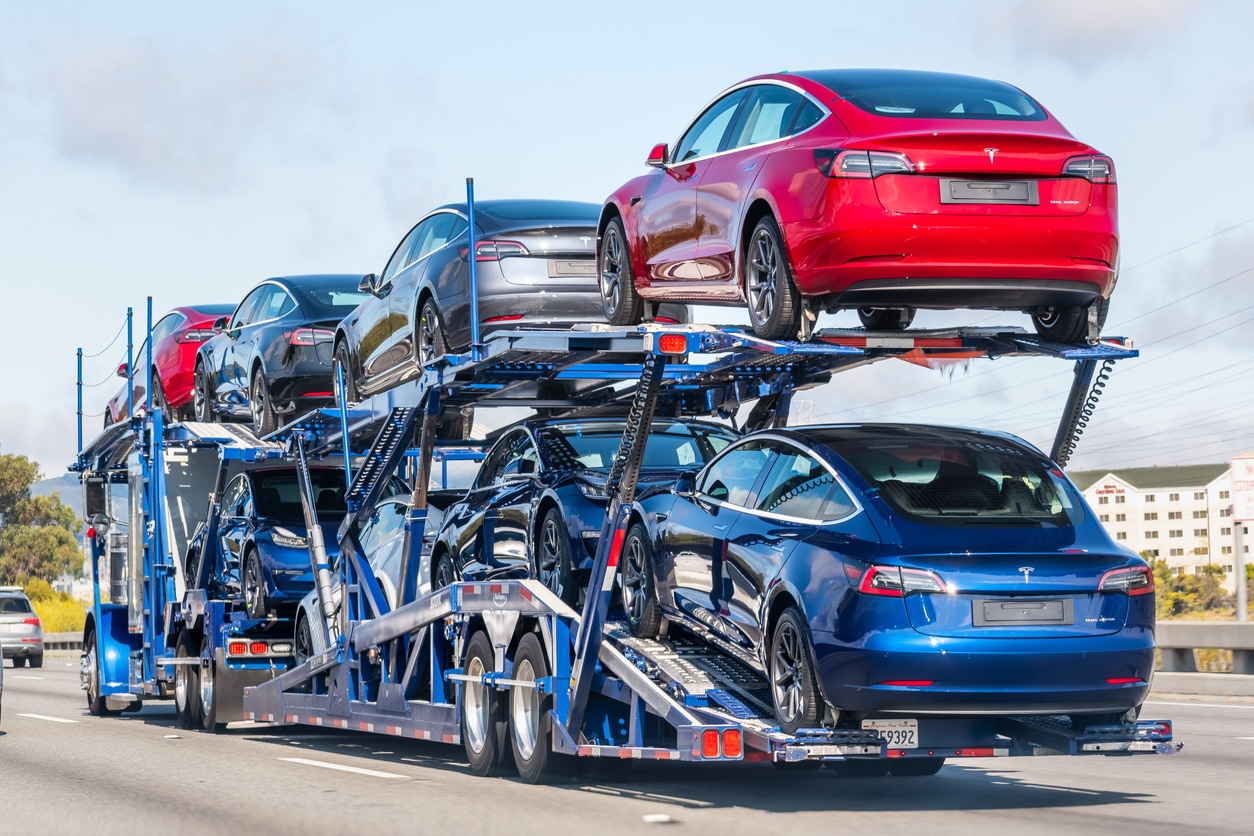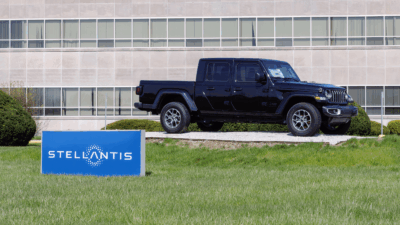
Sign up for smart news, insights, and analysis on the biggest financial stories of the day.
It doesn’t take a soothsayer to divine that electric vehicles are the future of the automobile industry. But when will the EV takeover reach terminal velocity?
For Tesla, the drive to an all-autonomous, battery-powered future just hit another detour. On Monday, U.S. auto safety regulators opened a formal safety probe into Elon Musk’s car company, investigating its Autopilot program in the aftermath of a series of eyebrow-raising crashes.
Unresponsive To First Responders
It will be difficult to pin Tesla’s Autopilot accidents on the mistakes of other drivers, considering how often they involve stationary vehicles parked on the roadside. According to the National Highway Traffic Safety Administration, which opened the probe, Tesla models have crashed into 11 roadside first responder scenes since January 2018, resulting in 17 injuries and one death. The trend has sparked fears the Autopilot function struggles to compute flashing emergency vehicle lights, road flares, and traffic cones — especially at night.
The NHTSA’s probe spans an estimated 765,000 Tesla vehicles in the U.S. and could lead to a costly recall. But it isn’t the first time Tesla has faced its share of regulatory scrutiny:
- In February, per a rare formal NHTSA request, Tesla recalled 134,951 Model S and Model X cars after it was discovered potential touchscreen display failures could raise the risk of a crash.
- In June, Tesla recalled 285,000 Model 3 and Model Y vehicles in China after discovering a glitch that mistakenly engaged the vehicle’s cruise control systems.
Despite the continued headaches, Musk insists that Tesla’s with Autopilot have a roughly “10 times lower chance of accident” than the average vehicle.
Parallel Problems: Tesla isn’t the only EV company with self-driving woes. China-based competitor NIO saw its share drop 5% in premarket trading Monday following reports of a fatal crash pinned on its autopilot features.
Detroit Doubles Down: In a joint statement, Ford, GM, and Stellantis announced a “shared aspiration” to see electric vehicles achieve 40% to 50% of annual U.S. car sales by 2030. Their production schedules, however, seem to indicate otherwise. Through at least 2028, the companies still plan to produce more combustion-engine trucks and SUVs than EVs.











